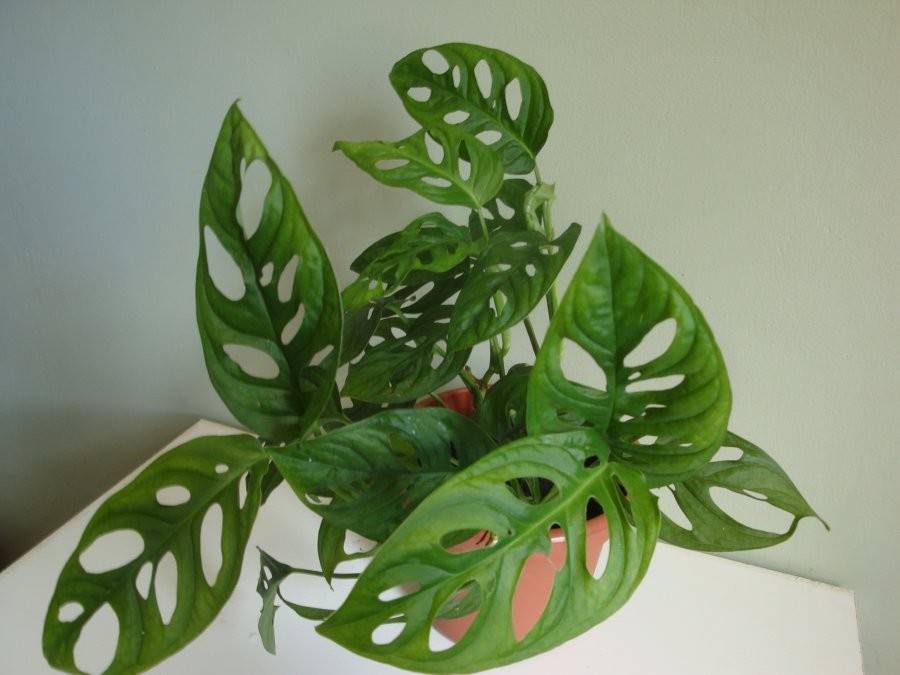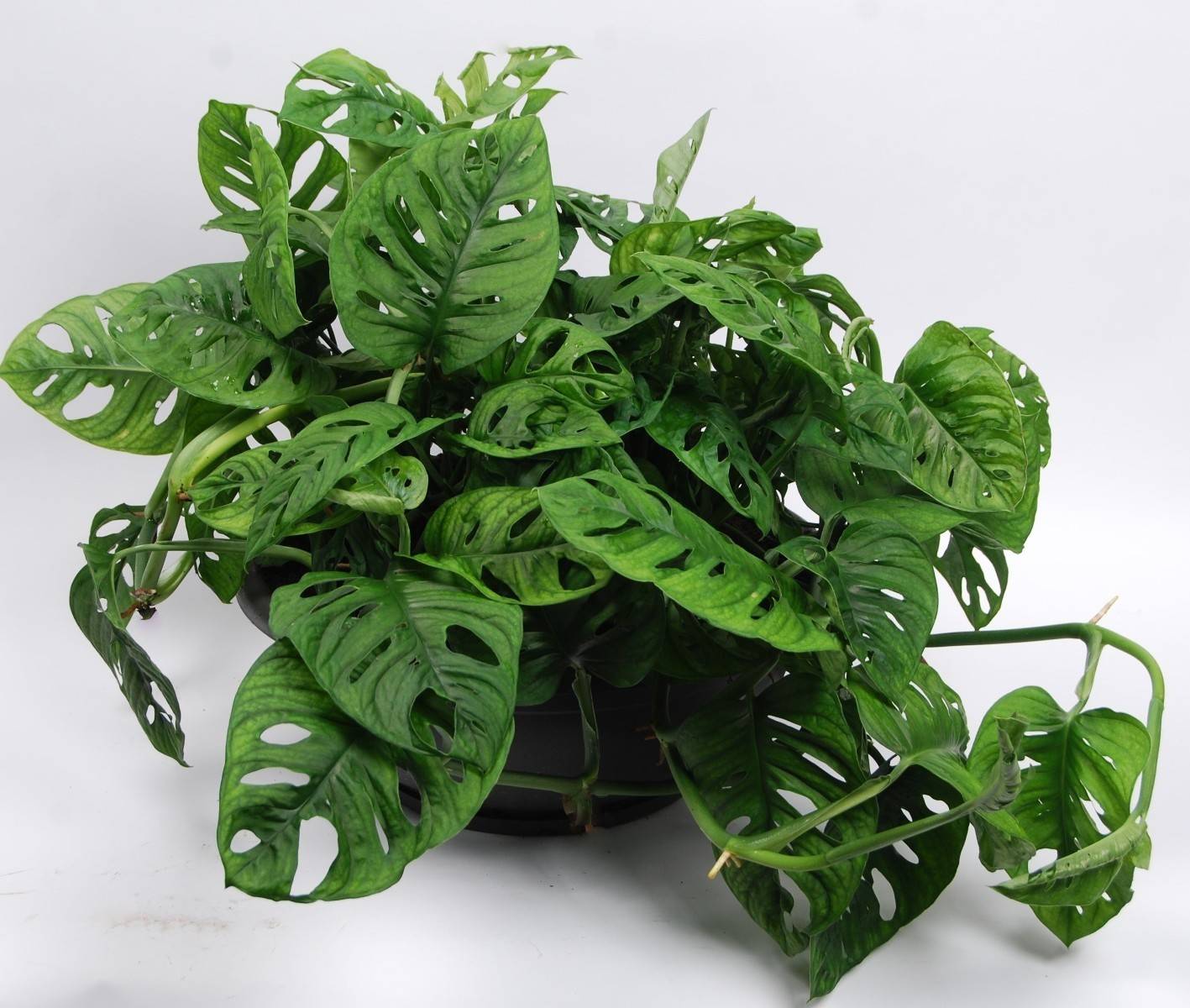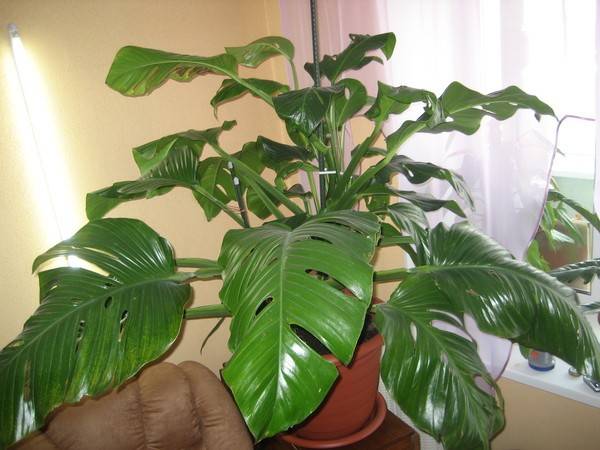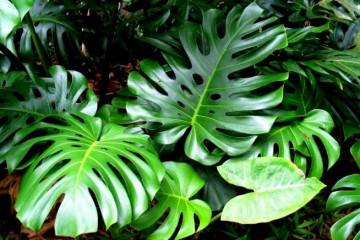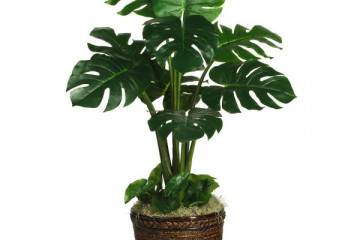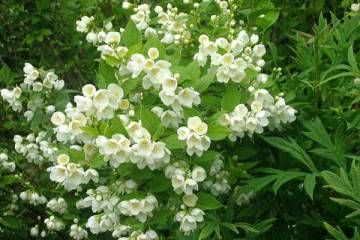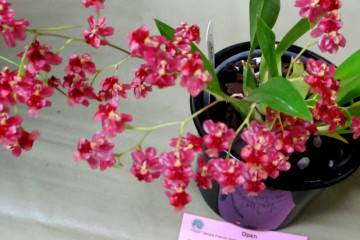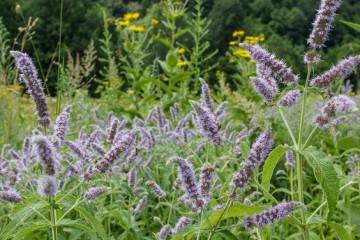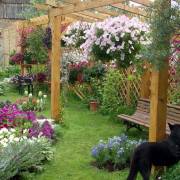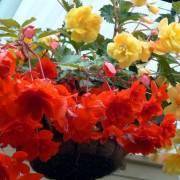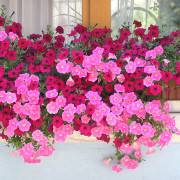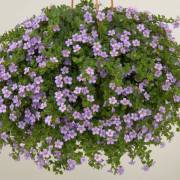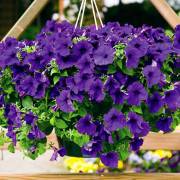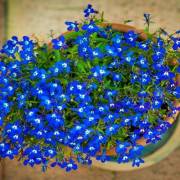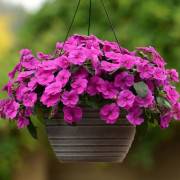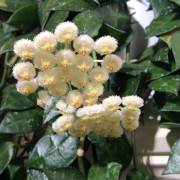Monstera - varieties of ampelous species
Content:
Recently, unusual exotic indoor plants have been especially popular with florists and gardeners. As a rule, the tropics are the homeland of their growth. These plants include oblique monstera, whose name means "monster". However, there is nothing terrible and repulsive in this flower, on the contrary, it attracts attention with its unusual appearance, namely the shape of the leaves.
Monstera oblique (unequal) or ampelous
Surprisingly beautiful and distinguished from other deciduous plants - monstera, species and varieties differ in patterns on leaf plates. The bush has the ability to bloom, although this is not the most important criterion when purchasing it for growing at home.
Oblique monstera is an ampelous plant that is grown in hanging containers. It is used to decorate terraces, balconies, hedges and various garden compositions where props and other structures are used. This monster is also called unequal. Its characteristic features are:
- oval glossy leaf plates, slightly pointed at the ends (not in all varieties);
- in the middle of large sheets there are patterned cuts;
- long cuttings are thickened closer to the base of the bush;
- bush height from 60 to 100 cm.
The plant does not like bright sun and too high temperatures. Requires constant spraying, which is especially necessary for large foliage.
Types of ampelous monsters
There are more than a hundred varieties and varieties of monsters that are grown at home as an ampelous plant. In Russia, only a few of them are especially popular:
- Friedrichstahl;
- gourmet;
- Karvinsky;
- Face;
- Adanson;
- pointed.
Each of the varieties listed above has a certain characteristic difference that makes it different from other varieties. As a rule, they differ in the shape, size and pattern of the leaf plates.
Monstera Friedrichstahl
This species is most in demand in Russia and European countries. It can be argued that Friedrichstahl's monstera is the most famous and popular indoor cultivar. It is very easy to take care of the plant, which is its undoubted advantage.
The bush is quite tall, unlike other representatives of its kind, so it is more convenient to keep it in spacious rooms. It has large leaves with striped patterns in the form of cuts. Every year the shrub blooms with snow-white flowers, which gives it an even more decorative look.
The plant is very demanding on lighting, since its flowering depends on it. With a lack of light, the buds begin to shrink, and the leaves become dull and wither.
Monstera Adansona
This plant has a very high resistance to various types of diseases, including infectious ones, and is almost never affected by pests. The bush has oval and smooth leaf plates with large cuts. The home grown plant is very compact in size, but in its natural habitat it can reach 7-8 m.
The disadvantage of this type of monstera unequal can be considered the fact that it practically does not bloom at home, but only in the wild. The spike-shaped flowers have a pale yellow tint.
Monstera Obliqua
The Latin name for this species is monstera obliqua. The plant is not capricious, therefore it does not require special care, but at the same time it has a very beautiful appearance. It has light green lanceolate leaves with asymmetrical cuts. The length of the leaf plates does not exceed 30 cm. This ampelous type of dwarf monstera is grown in hanging pots or on special supports, as it tends to grow strongly.
Monstera Obliqua is very rarely affected by the spider mite, which twists a thin web on the stems and leaves. These parasites must be fought with acaricides.
Small-leaved monsters
Small-leaved species are referred to dwarf or oblique monsters. These shrubs are very demanding for abundant and regular watering and cannot tolerate direct sunlight. In their natural environment they live in tropical forests, in partial shade of trees. Therefore, in indoor conditions, it is recommended to plant a small-leaved monster on the western or eastern windows. Another criterion for the correct cultivation of a room monstera is humid indoor air, otherwise the leaves of the bush will begin to turn brown and dry.
Monstera Karvinsky
This type of monstera is most often used to decorate living rooms and dining rooms. Often, a shrub with a pot is placed in the office and in other work areas. In addition to its decorative appearance, Monstera Karvinsky has the ability to destroy harmful impurities in the air and purify it. This is very useful for those who spend a long time in a stuffy room.
The height of the bush can reach 3 meters, but in an apartment its size is half and three times less. This variety is characterized by very beautiful lace patterns in the form of cuts on the leaves. However, before such patterns appear, you have to wait a certain time until the plant matures and grows to a certain size. During this period, it is especially necessary to provide the bush with proper care:
- watering 2-3 times a week during the active period;
- spraying to clean the foliage and increase the humidity in the room;
- moderate lighting;
- feeding three times a year;
- loosening the soil and forming a bush.
This species is very sensitive to water stagnation in the ground. In such cases, the likelihood of the appearance of fungus and rotting of the stems at the base increases. Therefore, it is highly recommended to loosen the soil and use drainage material when planting. The drainage is covered at the very bottom of the pot and only on top of it is a nutritious soil substrate poured. It is better to buy it in specialized stores. A potting soil mix for vines or palms works well.
Many different superstitions are associated with this exotic plant, predicting various diseases and even death. Despite this, monstera has a surprisingly beautiful appearance and has many beneficial properties. She is unpretentious in care and takes root well in apartment conditions.
